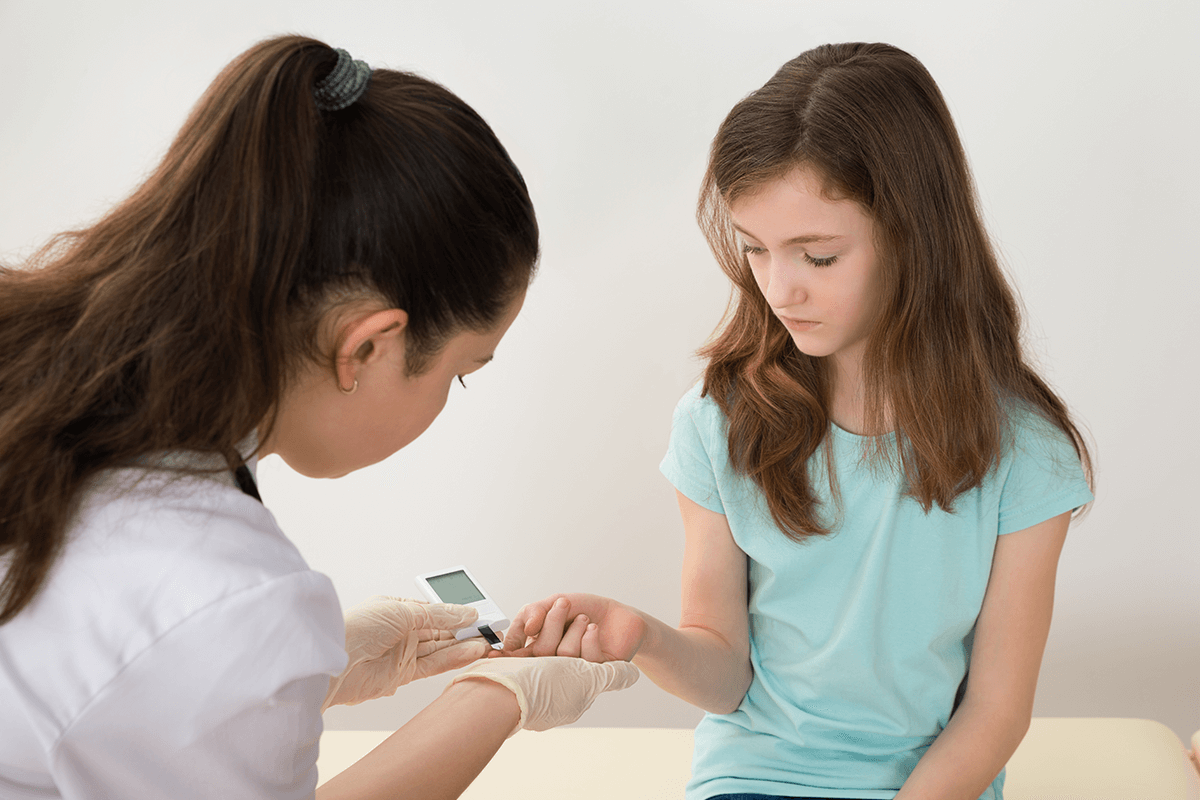Type 2 diabetes occurs when the body does not make or use insulin properly, which causes blood sugar to rise to unhealthy levels. With a diagnosis of type 2 diabetes comes a significantly increased risk of many other illnesses or comorbidities such as kidney disease, high cholesterol, high blood pressure, eye damage, hearing impairment, neuropathy, and more. According to a 2016 paper on the topic of comorbidities, 97.5% of patients had at least one comorbid condition in addition to diabetes and 88.5% had at least two. (10) This makes proactive prevention even more paramount. While type 2 diabetes may be difficult to treat, (16) the good news is that there are ways to prevent type 2 diabetes.
 Identifying and addressing prediabetes may help you prevent the development of type 2 diabetes.
Identifying and addressing prediabetes may help you prevent the development of type 2 diabetes.
 Cinnamon is excellent in supporting healthy blood sugar levels and it also helps with some of the comorbid conditions.
Cinnamon is excellent in supporting healthy blood sugar levels and it also helps with some of the comorbid conditions.
How to prevent type 2 diabetes
Before someone is diagnosed with type 2 diabetes, they develop prediabetes (and high insulin), which occurs when blood sugar is elevated above normal levels but not high enough to diagnose type 2 diabetes. (15) Awareness of prediabetes presents a great opportunity to create a comprehensive plan to get blood sugar under control before the development of type 2 diabetes. There are two types of tests that are used to measure blood sugar. The first measures fasting blood sugar levels. Below are the ranges identified as normal, prediabetes, and type 2 diabetes:- Normal: below 100 mg/dL
- Prediabetes: 100 to 125 mg/dL
- Type 2 diabetes: 126 mg/dL or higher (15)
- Normal: below 5.7%
- Prediabetes: between 5.7% and 6.4%
- Type 2 diabetes: 6.5% or higher on two separate tests (15)
 Identifying and addressing prediabetes may help you prevent the development of type 2 diabetes.
Identifying and addressing prediabetes may help you prevent the development of type 2 diabetes.
Why is knowledge of prediabetes so important?
Why is knowledge of prediabetes so important? It’s estimated that 70% of people with prediabetes will develop type 2 diabetes in their lifetime, with 25% of people with prediabetes developing full-blown diabetes within three to five years. (9) What’s worse is that the Centers for Disease Control and Prevention estimates that while one in three Americans has prediabetes, 90% of them are unaware of their condition. (4)Risks factors for type 2 diabetes
The first step toward reversing prediabetes and preventing type 2 diabetes is understanding the risks factors, then taking steps to address controllable issues. The National Institute of Diabetes and Digestive and Kidney Diseases has identified these key factors that can increase a person’s risk of developing prediabetes and type 2 diabetes:- Being 45 or older
- Being diagnosed with depression
- Being diagnosed with high blood pressure, low high-density lipoprotein (HDL) levels, and/or high triglyceride levels
- Being diagnosed with polycystic ovary syndrome (PCOS)
- Being overweight or obese
- Leading a sedentary lifestyle
- Having a history of heart disease or stroke
- Having a family history of diabetes (14)
Type 2 diabetes prevention: dietary and lifestyle prevention strategies
Proactive prevention requires a comprehensive approach that includes diet, lifestyle, and dietary supplements. One of the best ways to prevent type 2 diabetes is with diet.Follow a healthy diet
Perhaps the most widely studied health-promoting diet is the Mediterranean diet, so it’s not surprising that it has also been shown to be effective at reducing the risk of type 2 diabetes. A 2008 cohort study found there was an 83% lower risk of developing type 2 diabetes among those who closely followed the Mediterranean diet. (12) The Mediterranean diet is also anti-inflammatory and helps reduce the risk of heart disease, a known risk factor for developing type 2 diabetes. (2)Exercise regularly
Many studies, including those featuring high-risk individuals, show that regular physical activity is associated with a significantly lower risk of developing type 2 diabetes. (6) Exercise helps reduce the risk directly by increasing insulin sensitivity and indirectly by encouraging weight loss and normal body weight. (7) The American Diabetes Association states that increasing physical activity can significantly reduce the incidence of type 2 diabetes, especially among high-risk individuals. (11)Manage weight
As mentioned previously, being overweight or obese is a significant risk factor for the development of type 2 diabetes. Studies clearly demonstrate that weight loss is the number one way to reduce the risk of type 2 diabetes and that interventions to prevent diabetes should focus on weight loss and achieving normal body weight. (8)Quit smoking
If you smoke, consider quitting. Smokers are 30 to 40% more likely to develop type 2 diabetes than non-smokers, and smokers also have a much more difficult time controlling their diabetes compared to non-smokers. (5) Smoking not only increases the risk of developing type 2 diabetes, but it also dramatically increases the risk of some of the key comorbidities mentioned previously such as high blood pressure, high cholesterol, and other cardiovascular issues. (17)Moderate alcohol intake
The research regarding alcohol intake and increased risk of type 2 diabetes is somewhat confusing because much of the research shows that light to moderate alcohol intake can actually reduce the risk of this condition. (1) However, the research is clear that excessive alcohol consumption and binge drinking significantly increases risk, especially for women. (3)Dietary supplements
In addition to diet and lifestyle factors, there are certain medicinal herbs and nutrients that can be used to help support healthy blood sugar levels. The dietary supplement ingredients showing the most promise when it comes to enhancing insulin sensitivity and controlling blood sugar include: Cinnamon is excellent in supporting healthy blood sugar levels and it also helps with some of the comorbid conditions.
Cinnamon is excellent in supporting healthy blood sugar levels and it also helps with some of the comorbid conditions.

